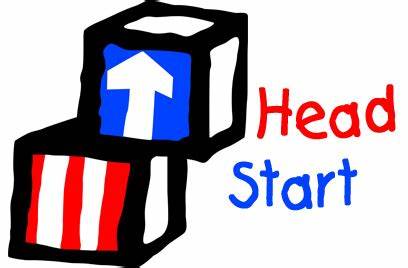This is the VOA Special English Education Report.
President Bush has proposed a measure to improve teaching in the Head Start program for young children from poor families. The president wants all fifty-thousand Head Start teachers trained to prepare children for reading.
About nine-hundred-thousand children in the United States attend Head Start. A major goal is to help children gain the skills they need to succeed in school. Children in the program are from three to five years old. There is also an Early Head Start program for babies and pregnant women.
Each year in the United States, millions of children ages five or six start school for the first time. Many of these children attended some kind of pre-school or nursery school to prepare them for school.
However, parents who do not earn much money cannot pay for their children to attend nursery schools. Some of these parents may not be able to read books to their children or teach them things at home. Their children may have health or emotional problems. Studies have shown that many children from low-income families often do poorly in school.
To try to solve this problem, the government began the Head Start program in Nineteen-Sixty-Five. The purpose of the program is to give children from low-income families a “head start” so they can begin school on equal terms with other children.
There are four major parts of Head Start. The first is education. Children in Head Start classes learn words and numbers. They learn about history and science. They learn to express their feelings. And they learn how to play with others.
The second part of Head Start is health. Every child receives health care. The children eat one or two healthy meals a day at their Head Start school.
The third part of Head Start is the involvement of parents. Parents learn about educational activities they can do at home. Head Start teachers visit parents to talk about their child’s progress and any problems. Many parents work as assistants to teachers in the program.
The fourth part of Head Start is social services. Head start provides information to help families deal with problems like homelessness, unemployment, and alcohol or drug dependence.
Studies have shown that Head Start children perform equal to or better than other children when they enter school.
This VOA Special English Education Report was written by Jerilyn Watson.
